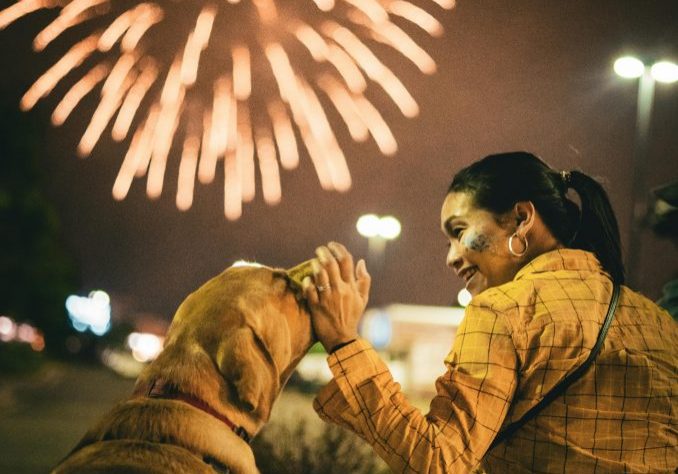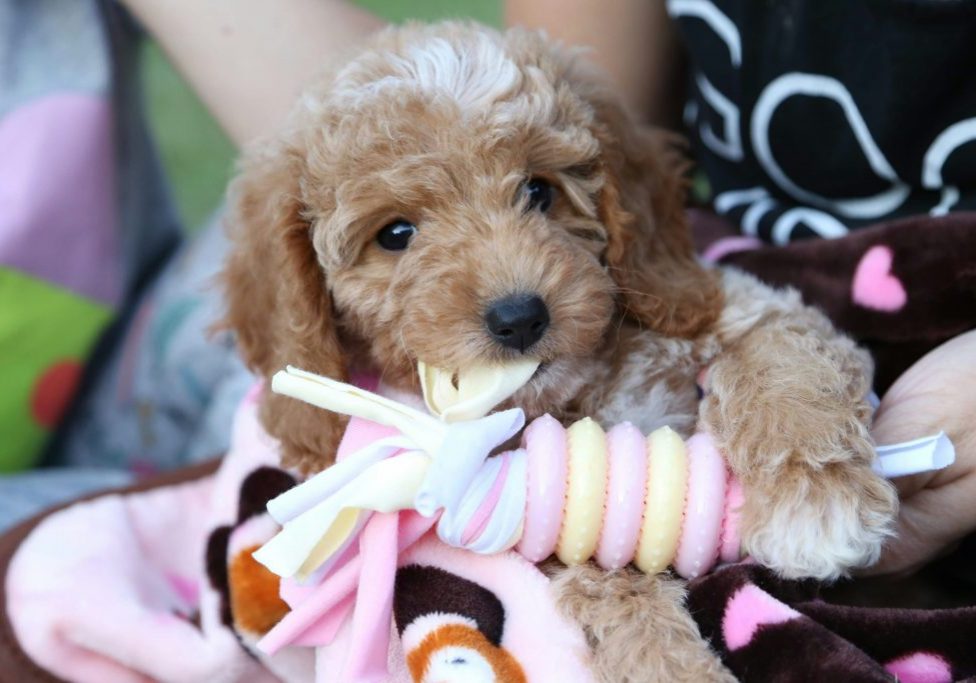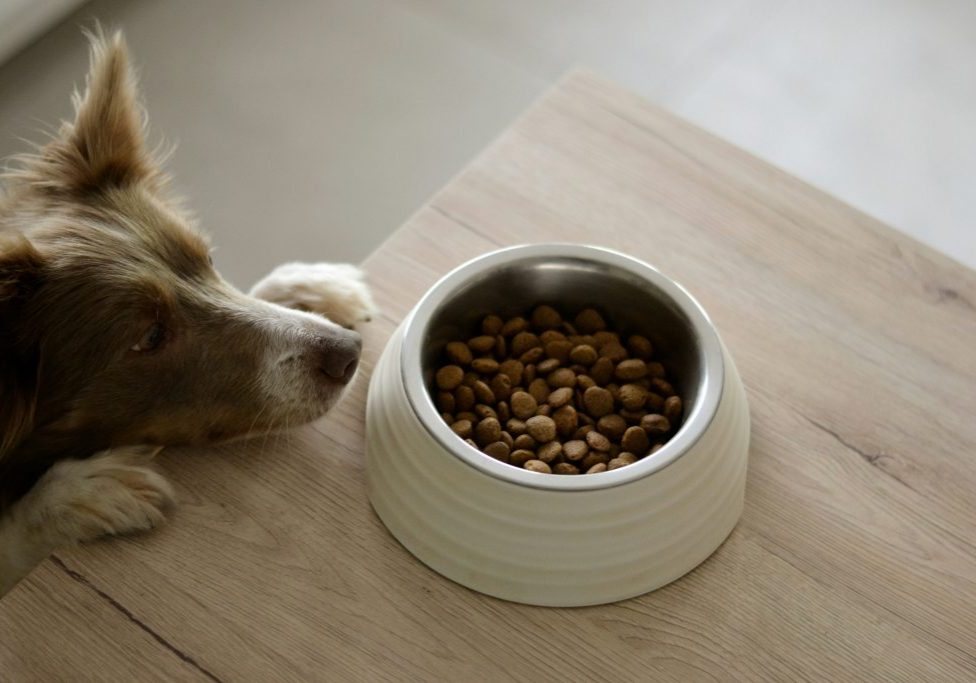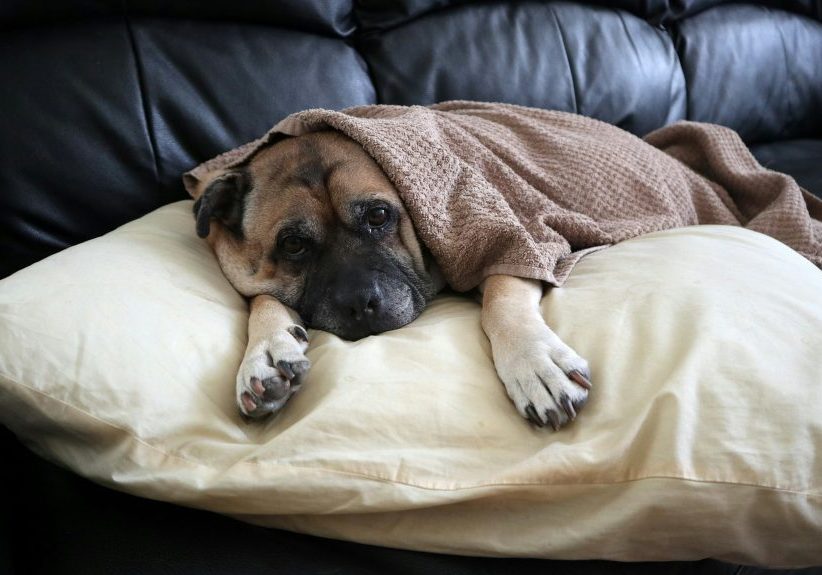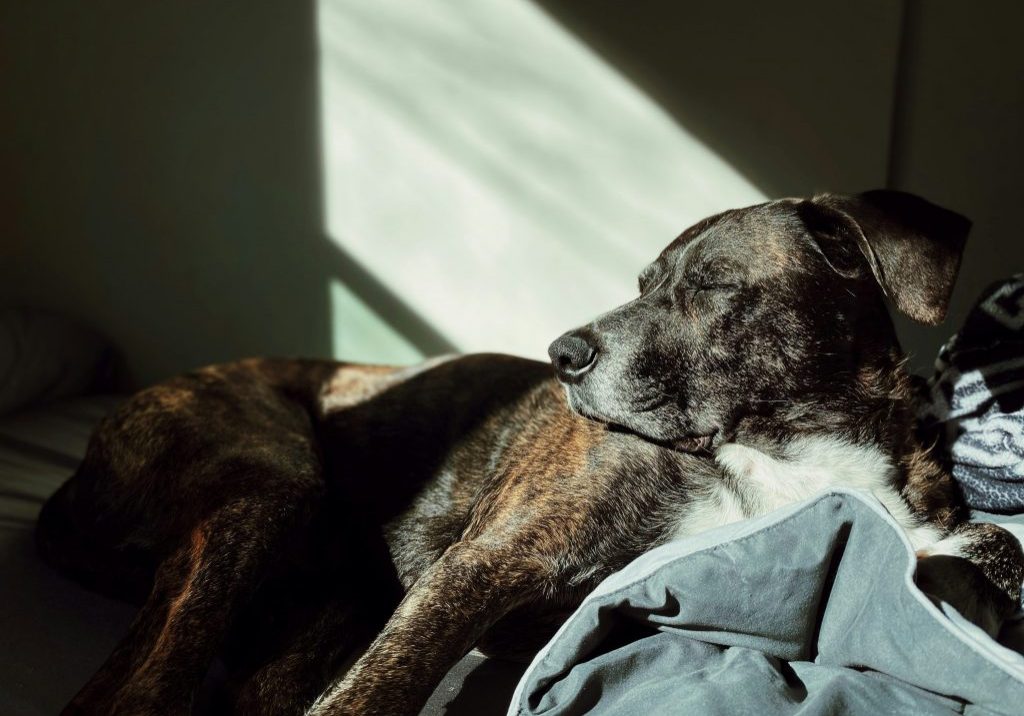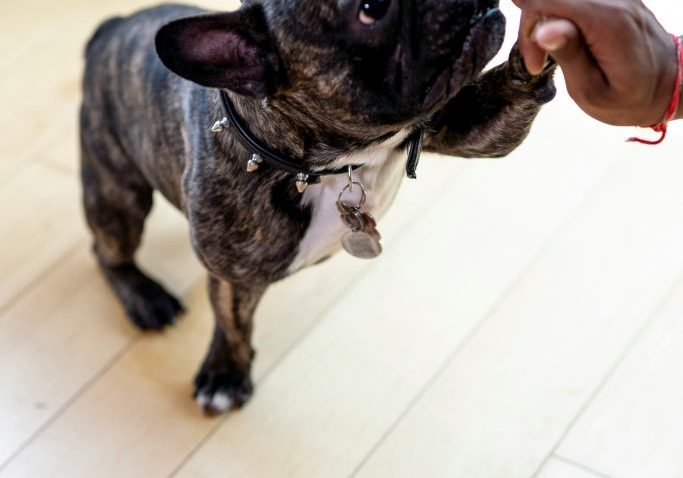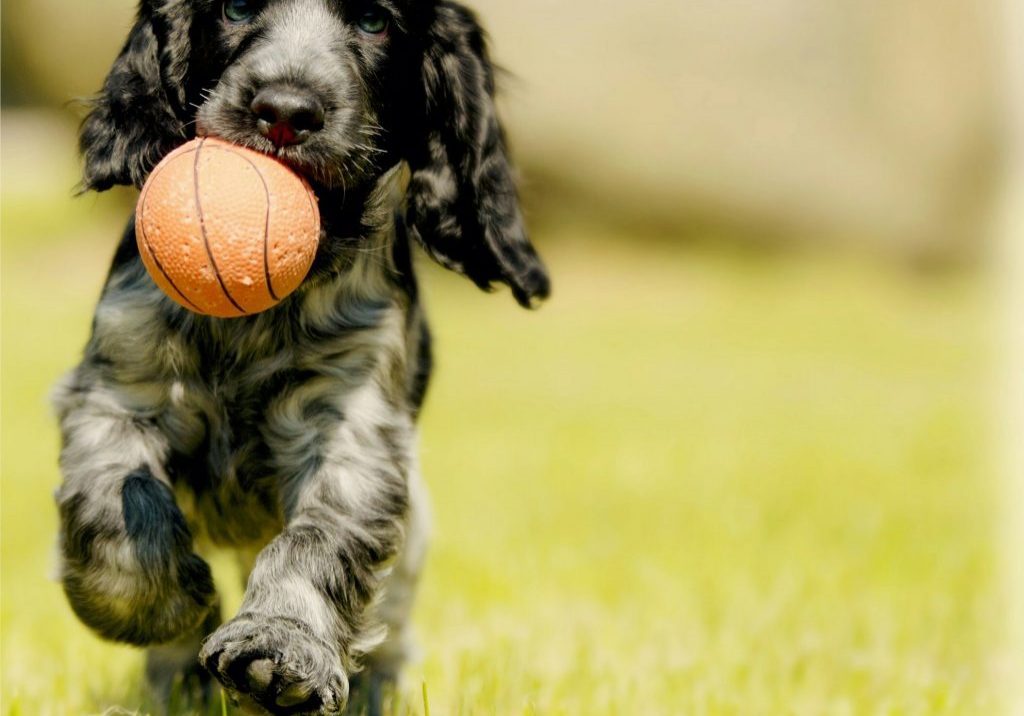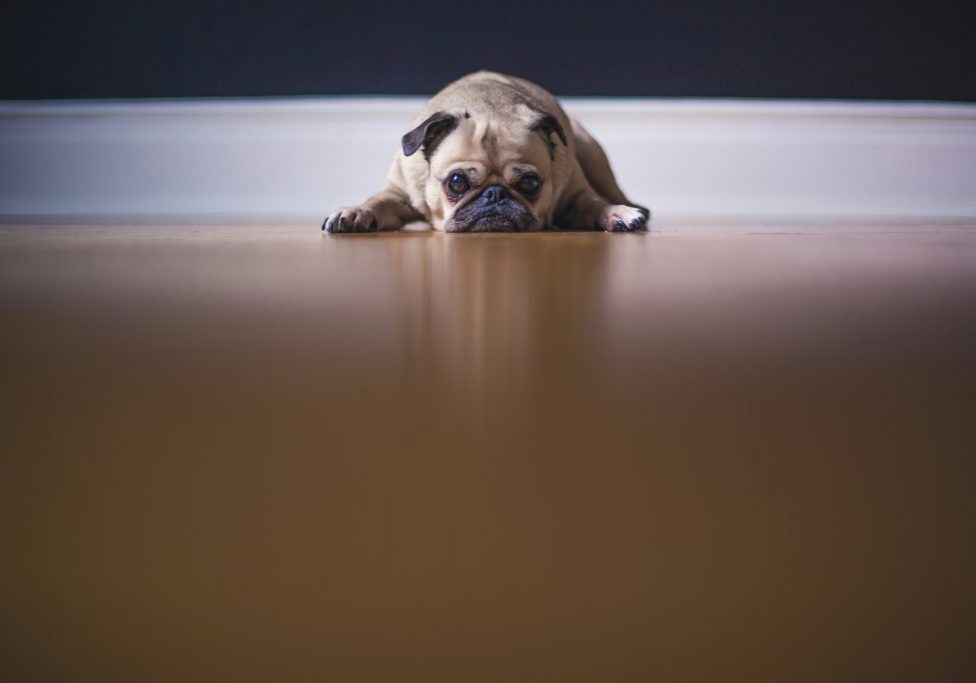What Your Adult Dog Can & Can’t Eat
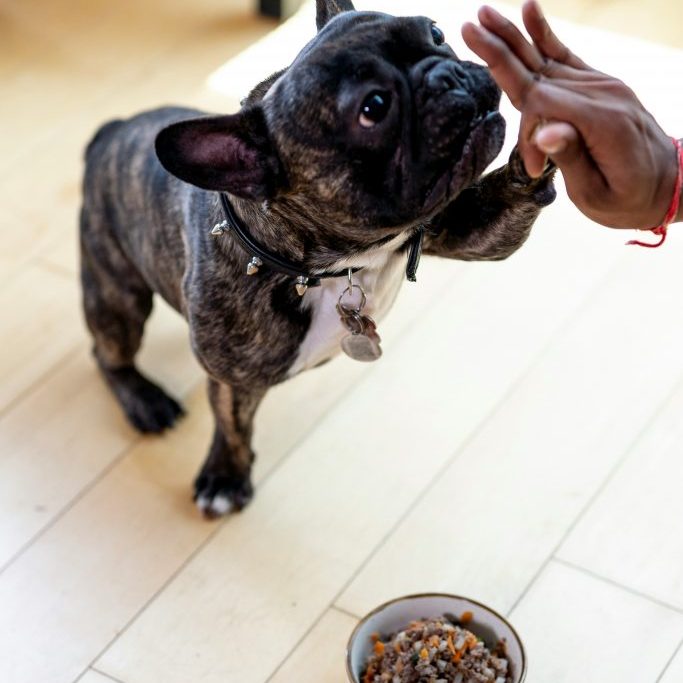
hwllo-sniffer.co.uk/what-your-adult-dog-can-cant-eat
December 9, 2024
Sniffer_Admin
Dogs are famously known for their indiscriminate eating habits. From the odd socks to suspicious leftovers, they’ll try their luck with just about anything. While their curiosity is part of their charm, it can also land them in trouble if they munch on something they shouldn’t. Knowing what’s safe—and what’s not—when it comes to your adult dog’s diet is crucial for keeping them healthy and happy.
The Basics of a Balanced Diet
Before we dive into the dos and don’ts, let’s cover what an adult dog’s diet should generally look like.
- Proteins: Essential for muscle development and overall growth. Think lean meats like chicken, turkey, and beef.
- Carbohydrates: A great energy source, found in foods like rice, oats, and potatoes (cooked).
- Healthy Fats: These support skin health and a shiny coat. Omega-3s from fish are a fantastic choice.
- Fruits and Veggies: In moderation, these provide fibre, vitamins, and minerals. Apples, carrots, and blueberries are popular options.
- Plenty of Water: Just like us, hydration is non-negotiable!
What Your Dog Can Eat
Here are some human foods that are safe to share with your furry friend—within reason, of course.
- Cooked Meat: Chicken, beef, and lamb are excellent protein sources. Just avoid seasoning, especially salt, onion, or garlic.
- Fish: Salmon and whitefish are great in small amounts. Cooked is best, as raw fish can carry parasites.
- Fruits: Apples (without seeds), bananas, watermelon, and berries are dog-friendly and nutrient-packed treats.
- Veggies: Cooked carrots, broccoli, green beans, and peas are low-calorie, high-fibre options your dog might enjoy.
- Plain Rice or Pasta: Ideal for dogs with upset stomachs, but keep portions small.
Pro Tip: Introduce new foods slowly to ensure your dog doesn’t have an adverse reaction.
What Your Dog Should Never Eat
While some foods are harmless—or even beneficial—others can be downright dangerous.
- Chocolate: It’s no joke—chocolate contains theobromine, which is toxic to dogs and can cause heart problems, seizures, or worse.
- Grapes & Raisins: Even small amounts can lead to kidney failure. Keep these far away.
- Onions & Garlic: These common ingredients can damage red blood cells and lead to anaemia.
- Xylitol: This artificial sweetener (found in sugar-free gum and some peanut butter) can cause a dangerous drop in blood sugar.
- Raw Dough: Yeast can expand in their stomachs, leading to serious complications.
- Cooked Bones: They may splinter and cause internal injuries. Opt for raw bones instead.
Pro Tip: If your dog eats something toxic, contact your vet immediately—time is critical in these situations.
Foods That Are Safe But Tricky
Some foods are technically safe for dogs but should be given with caution or under certain conditions.
- Dairy: While small amounts of cheese or plain yoghurt can be fine, many dogs are lactose intolerant. Watch for signs like upset stomachs or diarrhoea.
- Peanut Butter: Look for unsalted, xylitol-free versions, and stick to small amounts.
- Eggs: Cooked eggs are a great protein source, but raw eggs could carry salmonella.
- Nuts: Most nuts are high in fat, and some (like macadamia nuts) are outright toxic. Stick to dog-safe ones like peanuts, and offer them sparingly.
- Fatty Cuts of Meat: Too much fat can lead to pancreatitis. Trim the fat before serving.
Reading Labels on Dog Food
While you might carefully vet the foods you prepare at home, don’t forget to scrutinise commercial dog food labels. Look for high-quality ingredients, avoid artificial additives, and steer clear of brands with a reputation for recalls.
Pro Tip: If you’re unsure about a product, your vet can recommend trusted brands suited to your dog’s age, size, and activity level.
Treats: How Much Is Too Much?
It’s hard to resist those puppy-dog eyes, but overindulging your adult dog with treats can lead to weight gain and related health issues. Stick to the 10% rule—treats should make up no more than 10% of your dog’s daily caloric intake.
Feeding Schedules and Portion Control
Even the healthiest foods can cause problems if your dog overeats. Maintain a consistent feeding schedule and measure portions based on their weight, age, and activity level. Avoid free-feeding (leaving food out all day), as it can encourage overeating.
Final Thoughts
Your adult dog relies on you to make the right dietary choices. While there’s plenty they can enjoy safely, it’s just as important to understand what could harm them. If you’re ever in doubt, consult your vet—better safe than sorry when it comes to your beloved pooch.
By keeping these guidelines in mind, you’ll not only prevent unnecessary health risks but also ensure your dog enjoys a happy, well-nourished life. Now, who’s ready for dinner?
